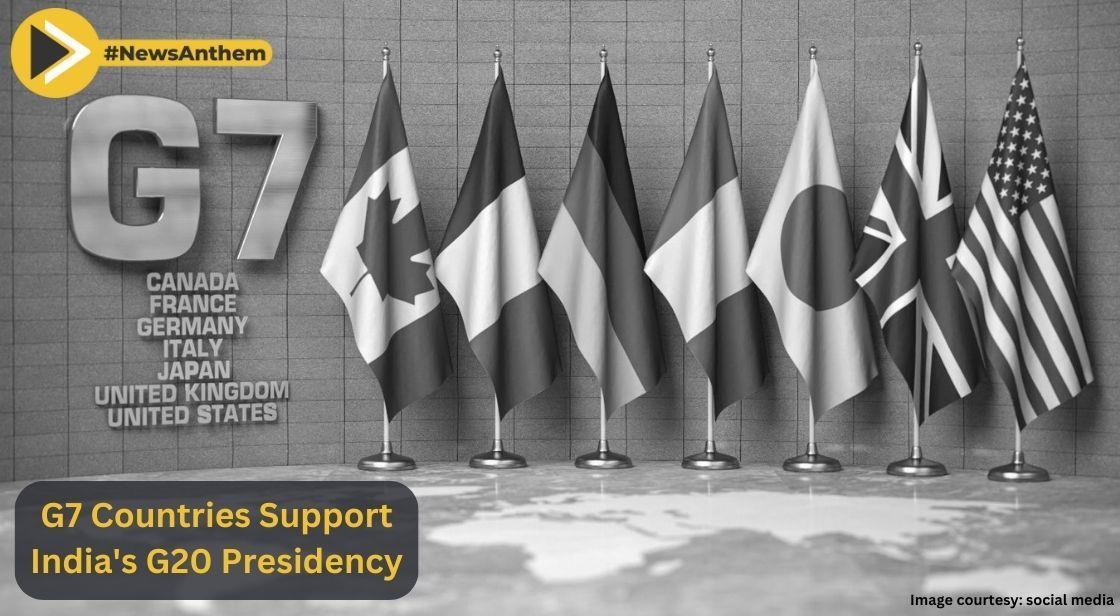G7 Endorses ‘Side-by-Side’ Approach to Implement Global Minimum Tax

News Synopsis
In a landmark development, the Group of Seven (G7) countries have agreed on a new “side-by-side” framework that effectively exempts US-based multinational corporations from some of the most stringent provisions of the global minimum tax regime. The decision also benefits British companies, offering them relief from previously proposed international top-up taxes.
What Is the ‘Side-by-Side’ Tax System?
The newly approved “side-by-side” approach allows American corporations to pay tax solely under the US domestic tax regime, even on foreign profits. This diverges from the original OECD global minimum tax agreement, which mandated top-up taxes on under-taxed income earned abroad.
The agreement removes the applicability of the OECD’s Income Inclusion Rule (IIR) and Undertaxed Profits Rule (UTPR) for US and certain UK companies, effectively offering a national treatment approach while still conforming to the overall goals of the global minimum tax.
How US Corporations Benefit
Under this framework:
-
US multinationals will not be subject to additional taxes by other countries on their overseas profits.
-
Companies will only need to comply with the US domestic minimum tax, offering a simplified and more predictable tax environment.
-
The change follows the removal of Section 899 from a prior US tax bill, which had proposed retaliatory taxation against nations enforcing global minimum tax rules on US companies.
The move provides regulatory stability and encourages continued global investment by easing compliance costs for American firms operating internationally.
UK Businesses Also Get a Boost
British firms stand to gain under the same framework. The “side-by-side” system addresses UK concerns over potential punitive global tax enforcement that could have harmed multinational competitiveness.
UK Chancellor Rachel Reeves welcomed the agreement, stating it:
-
Offers “certainty and relief” for British corporations
-
Balances the need for global tax fairness with business-friendly policies
-
Aligns with the UK’s wider push to combat international tax avoidance
Why the Framework Was Needed: Background and Context
This development comes after a period of tension regarding OECD’s 2021 global tax deal, which nearly 140 nations had endorsed. The deal proposed a 15% global minimum tax on multinational corporations to prevent base erosion and profit shifting (BEPS).
However, political resistance in the United States, particularly during Donald Trump’s presidency, led to a partial withdrawal from that framework. Trump's administration threatened retaliatory measures against countries applying OECD rules to American firms—casting uncertainty over the global agreement.
With the recent removal of these retaliatory clauses from US tax policy, the path was cleared for a more cooperative and flexible solution, now realized in the G7 consensus.
Canada’s Role and G7’s Broader Objectives
As the current G7 chair, Canada played a key role in brokering the new compromise. The Canadian government stated the “side-by-side” system is designed to:
-
Reduce compliance complexity
-
Foster international consensus
-
Ensure tax certainty for global companies amid evolving regulatory environments
The G7 views this as a temporary but practical alignment mechanism until broader OECD-level implementation becomes more uniform and realistic across member countries.
What’s Next: OECD Talks and Global Alignment
The “side-by-side” proposal will now be deliberated at the OECD, where member nations will evaluate how the exemptions for US and UK firms fit within the broader Inclusive Framework.
The US Treasury has voiced strong support for this model, calling it a way to “preserve existing gains” while adapting to real-world implementation challenges.
Future discussions are expected to:
-
Define legal compatibility of the system with existing OECD rules
-
Ensure non-discrimination across jurisdictions
-
Maintain momentum for fair taxation globally, especially for digital services and intangible income
Conclusion
The G7’s approval of a side-by-side tax system marks a pragmatic shift in the global taxation landscape. By prioritizing certainty, national sovereignty, and international cooperation, the new approach seeks to maintain progress toward a fair global tax regime—while addressing the political and operational complexities faced by major economies like the US and UK.









